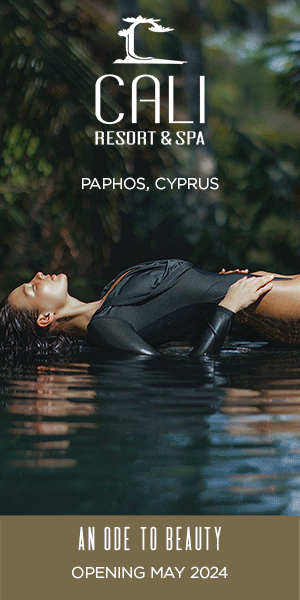 The cruise business in Britain, as we all know, has gone from strength to strength in past 15 years or so, and by last year, the total number of Brits taking an ocean cruise had risen to more than 1.7million, a rise of 5%.
The cruise business in Britain, as we all know, has gone from strength to strength in past 15 years or so, and by last year, the total number of Brits taking an ocean cruise had risen to more than 1.7million, a rise of 5%.
By comparison, river cruising has long been the Cinderella of the cruise business, but now it?s stepping even further into the spotlight, with a dozen new ship launches by a handful of major cruise lines, and some exciting new itineraries.
According to the Passenger Shipping Association, the rate of growth of European river cruising in recent years is outstripping that of sea cruising (7% in 2011) and the average price paid per cruise has risen to ?1,574 compared with ?1,434 for a holiday on the ocean waves*.? So much so that here at Cruise Critic, we have created a new separate river cruise resource to help travellers and agents compare ships and cruise lines.
Why is there a huge upswing in interest in this sector, especially from experienced ocean cruisers looking for a way to visit new regions and bucket list destinations?? European rivers are incredibly popular, and there?s growing interest in exotic cruises along the Mekong and Yangtze rivers,? Amazon cruises and Nile trips. The revival of Mississippi river cruises has also renewed interest in the USA?s heartland.
Despite the good news however, the river cruise industry still has some challenges to overcome if it is going to maintain its current rate of growth.? Lines have yet to be successful in communicating the differences between brands. As ships look very similar on the outside, people are often unaware of the significant differences that one experiences onboard.? Atmosphere and service vary greatly, as does design and d?cor.? Some cruise lines opt for a sleek, minimalist style to create more space in cabins and public areas of the ship, whereas others fill every inch with sumptuous furnishings and d?cor.? Service varies greatly also.
Then there?s the question of value for money. River cruises aren?t cheap, especially when compared to ocean cruises, and it?s important for people to be aware that they are not compared like-for-like.? A river cruise includes accommodation (onboard the ship), transportation to each destination (by ship), all meals (onboard and packed lunches), some drinks (including wine at dinner), and, in most cases, daily tours and excursions.? This means that typically river cruises are usually much more inclusive than their sea going counterparts which can make them excellent value.
Passenger demographics are also an issue. Just like there used to be with ocean cruises, there is a perception that river cruises are aimed at an older, more sedate demographic.? However, although typically river cruises have attracted an older crowd -- this is changing as operators and agents try to attract a broader market.
It should be kept in mind however, that a river cruise is all about the destination and scenery and typically, the entertainment is simple, dining can be fairly regimented, activities for kids are limited and although there will usually be a bar onboard, there may be only one lounge option. The lines are gradually starting to offer a broader range of excursions, and less regimented schedules, to cater for more active cruisers and those who wish to explore at their own speed ? however, there?s more to be done in this area to cater to new river cruisers.
One issue affecting all lines are changes in river levels -- something few passengers are aware of before booking their cruise. Environmental factors can lead to significant changes to the depth of a river and on occasions this may impact river cruises. Low water levels make it difficult for ships to navigate shallow sections of a river, while high water levels can mean that ships are unable to pass under low bridges. In these situations, passengers will be taken between two points by bus, rejoining their cruise after the problem area, or changing to a different ship. It?s unfortunate, but unavoidable and will cause less frustration to passengers as lines do a better job of informing passengers of this possible ? though relatively rare ? issue which may impact a handful of cruises each year.
Finally there is the issue of whether the increased popularity will lead to overcrowding. Popular rivers will become busier, of course, but not necessarily over-crowded so long as the cruise lines continue to expand their itineraries into new waterways.?
Still, it?s an exciting time for river cruising. River cruise lines have made huge strides in improving their offerings across the board -- from new ships and major refurbishments to improved service and a greater variety of tour options. Because of this, we?re seeing more distinction between the individual lines and the offerings making the options much more varied and interesting.? Take a look at the new Cruise Critic river cruise resource, where we?re providing information to help people choose the right ship and itinerary, to suit their preferences ? and encourage your clients to post a review following their cruise.
*PSA? - UK River Cruise Market 2011






